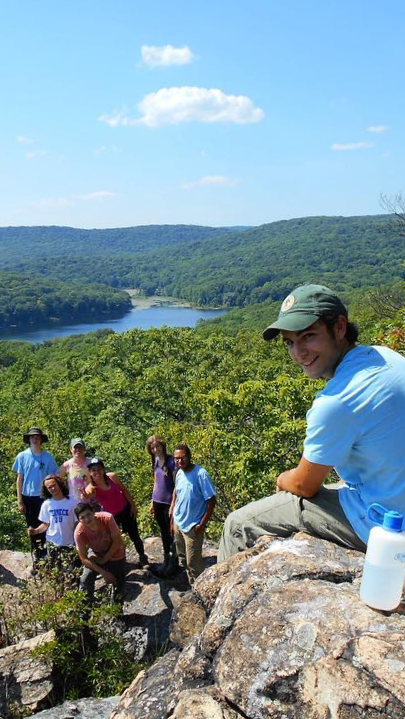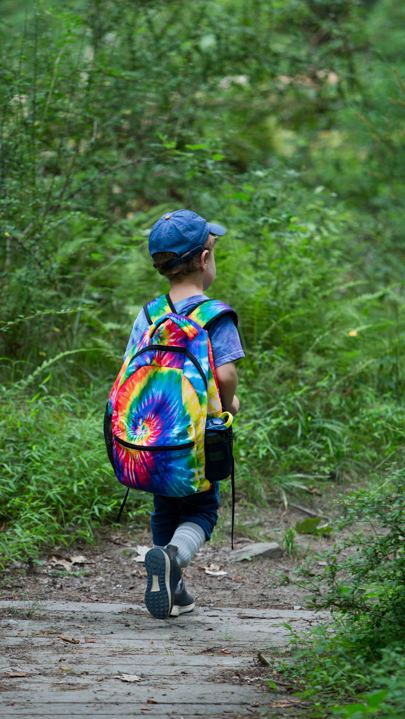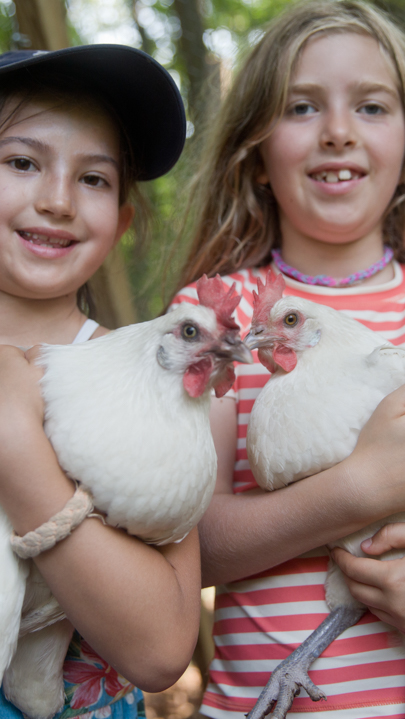Wild & Edible Watercress
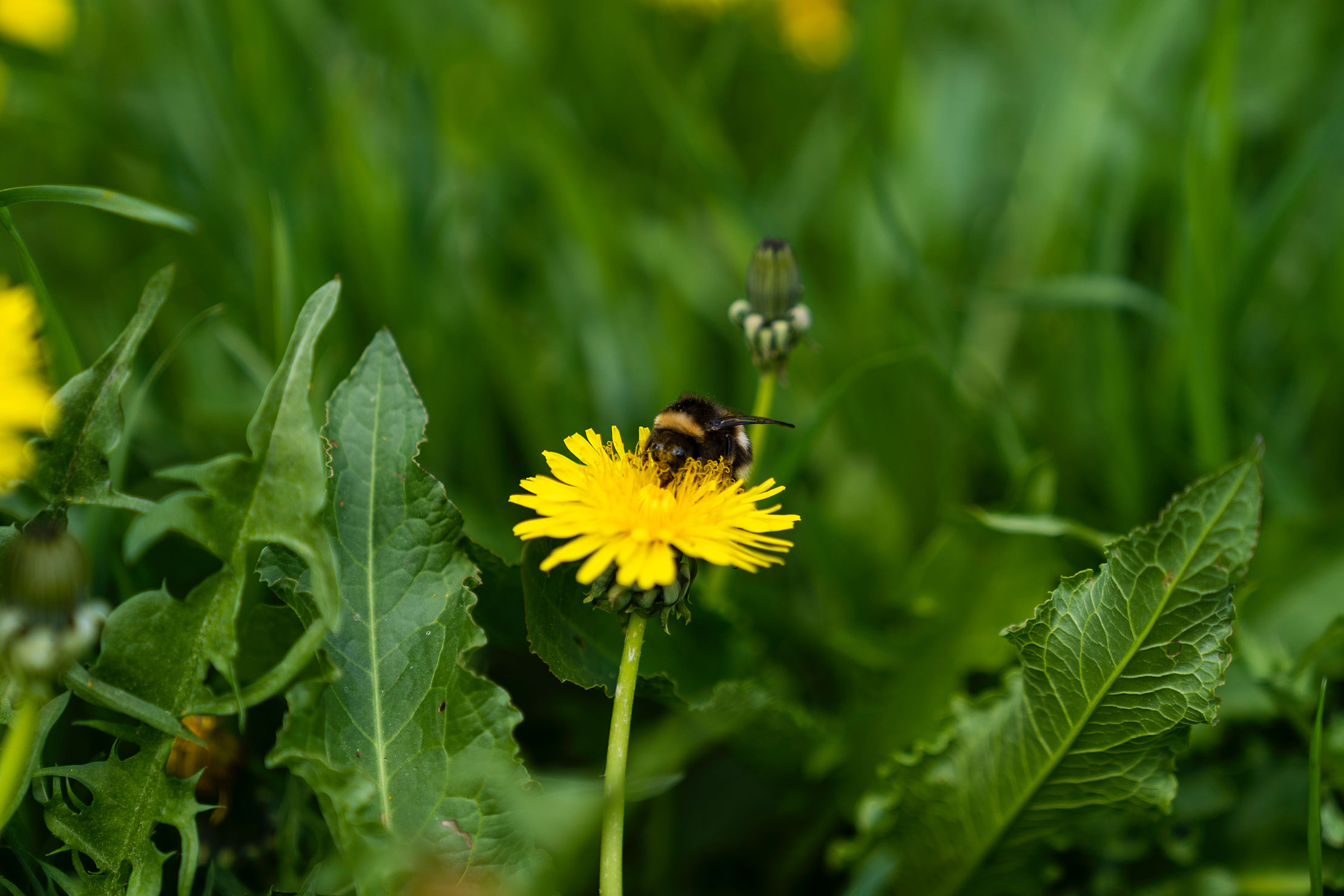
Wild food forager Paul Tappenden shows us what’s wild and edible in our area
One of my all time favorite wild greens is Watercress. I love the sweet, spicy flavor and the fresh tingle it leaves in my mouth. This plant is both edible and medicinal, acting as a blood tonic, a liver purifier and more.

So, why do I bring it up in the middle of winter? Because, if you are lucky enough, you may come across some in a spring near you. As you can see by the pictures, it isn’t unusual to find a patch sitting dormant in a pond, just waiting for the warmer weather. Watercress and the flowers of skunk cabbage can be found in the woods, when the rest of the world appears devoid of life. They will even survive beneath the ice.
Watercress should be eaten raw as it loses its piquant flavor when cooked. It is an ideal salad green or can be used as part of raw food dishes, or as a garnish. It will keep indefinitely in fresh water in the fridge. Don’t keep it at room temperature, as it is likely to bolt and bloom.

According to the Centers for Disease Control, Watercress is the most nutrient dense food available. This powerhouse food is a good source of potassium, fiber, protein, calcium, iron, thiamin, riboflavin, niacin, folate, zinc, and vitamins A, B6, B12, C, D, E, and K.
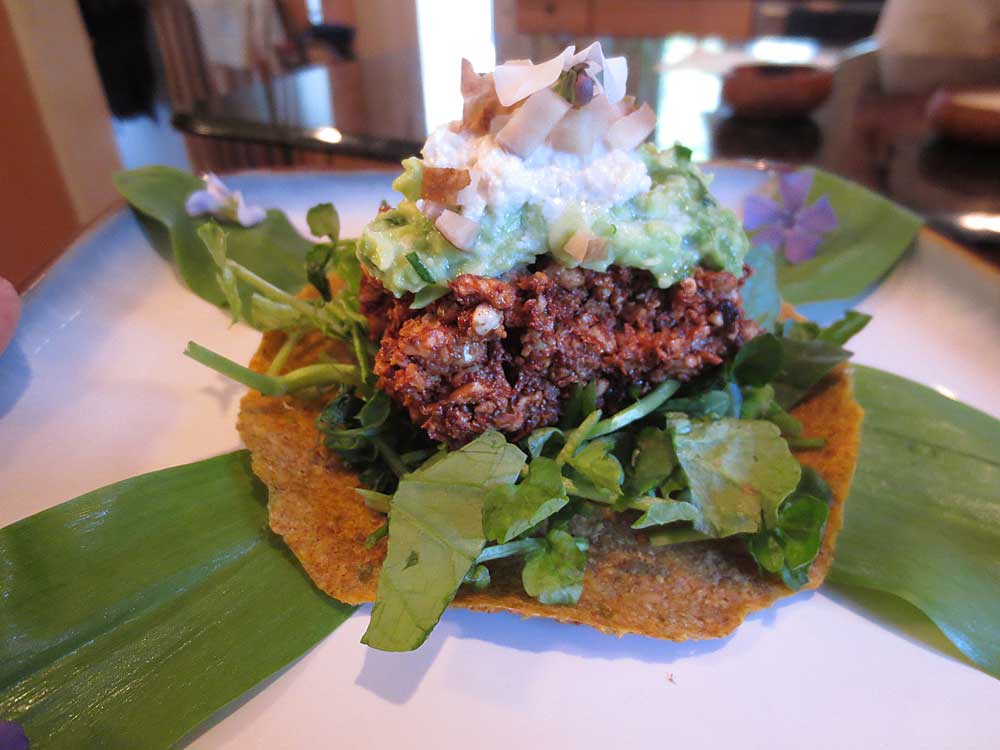
Paul Tappenden is the Rockland Forager. He leads identification walks once a month in our area. See regularly updated blogs, videos, events, and what he and other foragers, herbalists, and naturalists are up to at www.suburbanforagers.com.

